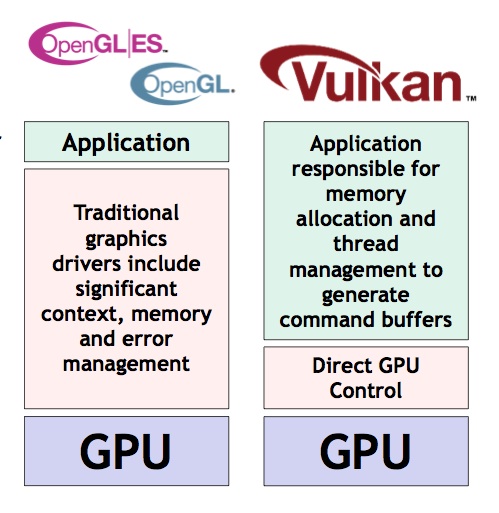From the get-go, Sony’s PlayStation 4 has been selling well. It’s only been about a year and a half since it launched in November of 2013, but Sony announced today that the PS4 has sold over 25 million units worldwide. We still don’t know the exact number of Xbox Ones sold to consumers, but if the estimates are correct, the PS4 has now sold more units than the Xbox One and Wii U combined.
In the second quarter of calendar 2015 alone, Sony sold about three million PS4s worldwide. In that same time frame, Microsoft shipped 1.4 million Xbox consoles (both 360s and Ones). Unfortunately, Redmond doesn’t disclose the breakdown of those sales. However, the folks over at Ars Technica have assigned a ballpark estimate of 0.95 million Xbox Ones sold in Q2. And Nintendo? The Wii U sold a paltry 0.47 million units.
But what about the big picture? How many consoles have been sold to date? With over 25 million PS4s, over 10 million Wii Us, and an estimated 14.32 million Xbox Ones sold by the end of June 2015, the PS4 holds over 50% of the current-gen console market. At this point in the cycle, it’s safe to say that the PS4 has unambiguously won the battle for sales and consumer support.
While the PS4 has the most horsepower of the existing consoles, that’s not nearly enough to explain the massive sales gap. Microsoft made a number of egregious mistakes leading up to the Xbox One launch, and wasted a lot of the good will it created during the Xbox 360’s lifespan. Redmond has since made huge improvements to its console strategy, but it still hasn’t quite been enough to win back a significant portion of the audience it took for granted.
more...


 4Likes
4Likes LinkBack URL
LinkBack URL About LinkBacks
About LinkBacks








 Reply With Quote
Reply With Quote



















Bookmarks